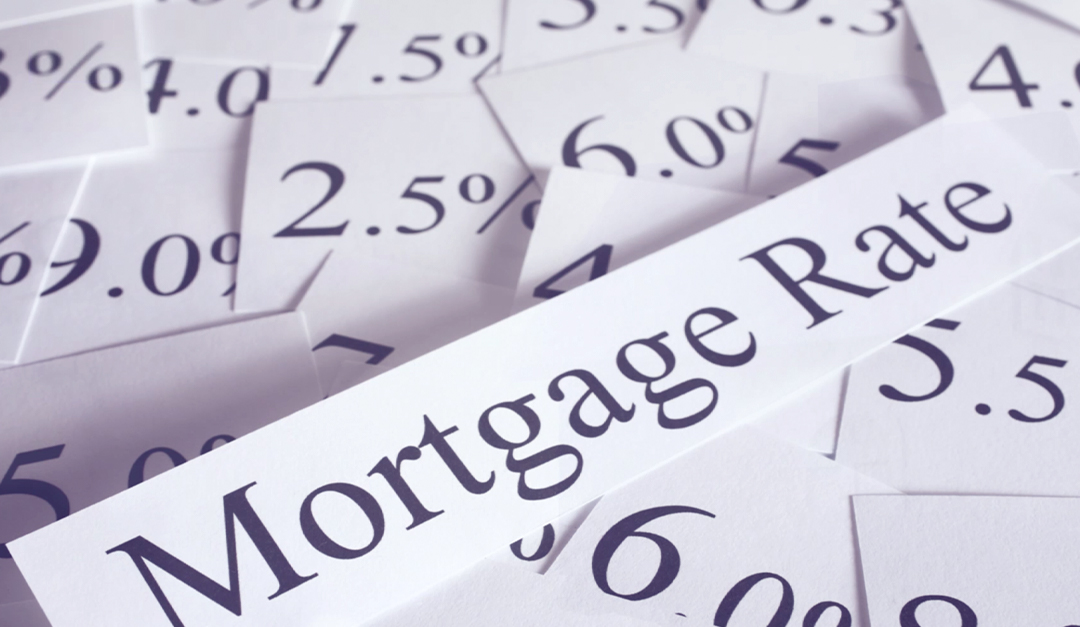The Canadian housing market has had a wild ride over the past year, with sales and prices reaching record highs in the spring of 2017, before dropping off significantly at the start of 2018. Activity has been cool ever since January, and industry watchers are holding their breath to see if the market will recover in the coming months.
Though no one can say for sure how things will progress throughout the year, there are a few red flags that could spell trouble for the market. Read on for three challenges facing the Canadian housing market this year:
Household debt levels are high. Canadians have some of the highest household debt levels in the world, and it doesn’t look like they will be going down anytime soon. The country’s debt-to-GDP ratio is 9.6, placing it in the “red zone” with only three other countries: Hong Kong, China and Switzerland. The good news is that, despite high debt levels, Canadians are still getting their mortgage payments in on time. But as interest rates start to rise, that could start to change, which would spell disaster for the housing market.
Mortgage fraud could be on the rise. Earlier this year, credit rating agency Standard & Poor’s released a report noting that the rising household debt levels could lead to a jump in mortgage fraud. “High house prices and household debt relative to household income increases incentives for fraudulent activity, such as overstating the borrower’s income in order to meet a lender’s qualifying criteria,” reads the report. A jump in mortgage fraud could be an early sign of serious trouble for the market.
Supply is low in key markets. While the national average selling price for a home sits at $491,000, the price for a detached home in key markets is above $1 million. If the trend continues, many Canadians could be priced out of the country’s biggest markets.
Of course, this doesn’t mean it’s not a good time to buy or sell. Having an expert real estate agent to guide you through these challenges is essential to navigating a tough market.










